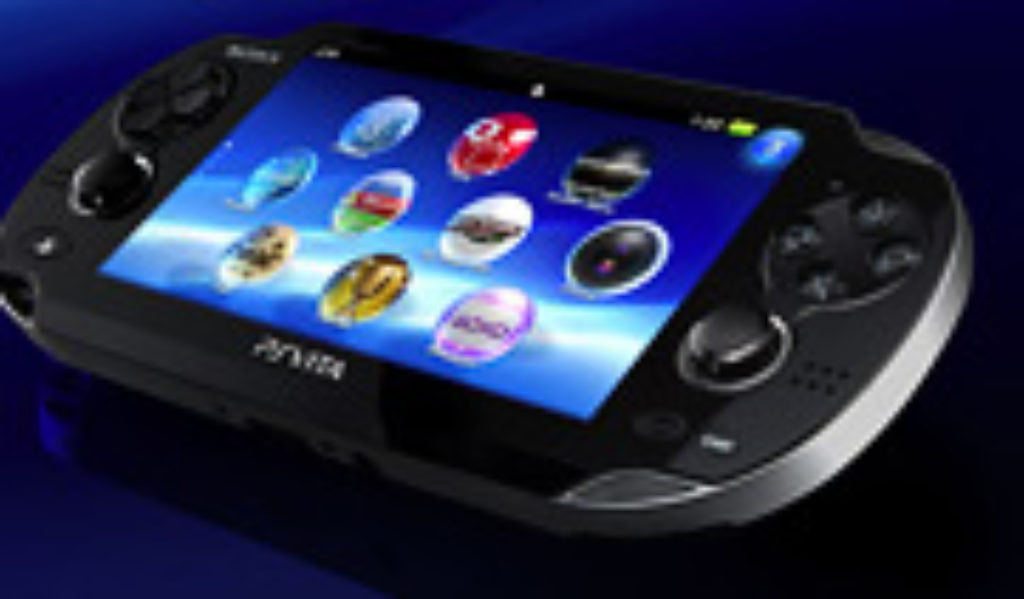
A handheld game console is a lightweight, portable electronic machine for playing video games (and, as the technology evolves, do other tech-related things too). Unlike consoles tied to TVs, the controls, screen and speakers are all part of a single unit. One of history’s most popular handhelds was Nintendo’s Game Boy. Two of the current top crop are Nintendo’s DS (which stands for “Developers’ System” or, more commonly, “Dual Screen”) and Sony’s PlayStation Vita. (Advanced cellphones are now cutting into the traditional handheld game hardware market. But this review will concentrate on dedicated devices.)
The PS Vita, which replaces the last-generation PSP, is a single-screened console designed with an emphasis on convergence― featuring a 5″ OLED touch screen and dual analog sticks, downloadable apps that facilitate movie, video and music streaming, photo album download capability and, of course, game playing. Through a Wi-Fi connection, the Vita can link with the new PS4 for multiplayer gaming interaction. And with the Remote Play feature a gamer can stream a number of non-Vita PlayStation games on the handheld device. (The Vita, however, is not backward compatible with UMD optical games from past game systems, but some favorite PSP titles can be downloaded through the PlayStation Network.)
The DS, meanwhile, incorporates two screens, as mentioned, wireless connectivity and a microphone port. It features a clamshell design, with the two screens aligned vertically on either side of the hinge. The lower touch-sensitive screen can be pressed with a stylus or your finger to enhance direct-touch gameplay. The console also features online capabilities via the Nintendo Wi-Fi Connection and can connect up to 16 players for multiplayer games. The DSi version features two digital cameras and supports internal and external content storage. (The DS system is backward compatible with all Game Boy Advance games.)
The new 3DS takes everything a step further by offering adjustable three-dimensional gameplay without any need of special glasses, although special 3DS games are required. This unit sports 3-D cameras as well, and allows the gamer to interact with his real-world surroundings. Motion sensors, similar to those in the Wii remote, give players the ability to control some games by simply moving the handheld unit around. Lastly, the 3DS offers a range of social interactions. StreetPass, for example, enables gamers to exchange items and game characters by simply physically passing by one another—even when the unit is in sleep mode. (Nintendo states that like other 3-D technology, the 3DS should only be used by children over the age of 6.)
Parental Controls
Since the Vita can interface with the PS4, Sony has created similar parental controls for its handheld console.
Game Ratings: Parents can set the game ratings that are allowed for play. PlayStation restricts access by a number system, not by the standard ESRB rating system. Level 1 is roughly equivalent to ESRB’s E (everyone) rating, and it goes up through level 11, which will allow any game rating.
Video Ratings: Access to movies disks can be restricted as well with a number system ranging from 1 to 8. And the system’s Web connection can be turned off or be set to block specific sites.
Spending Limits: Since games can be purchased and downloaded directly from the PlayStation Network, parents are allowed to limit the amount of money that can be spent from a PSN account’s wallet.
The Nintendo DS has no parental controls for its software-based games. The 3DS, however, offers up a few options.
Game Ratings: Parents can set the game ratings that are allowed for play.
Internet Browsing: Parents can restrict or turn off Internet connections.
Limit Interactions: Access to any exchange of data—including images, audio or video—can be restricted between users who are not designated as “friends.”

After spending more than two decades touring, directing, writing and producing for Christian theater and radio (most recently for Adventures in Odyssey, which he still contributes to), Bob joined the Plugged In staff to help us focus more heavily on video games. He is also one of our primary movie reviewers.